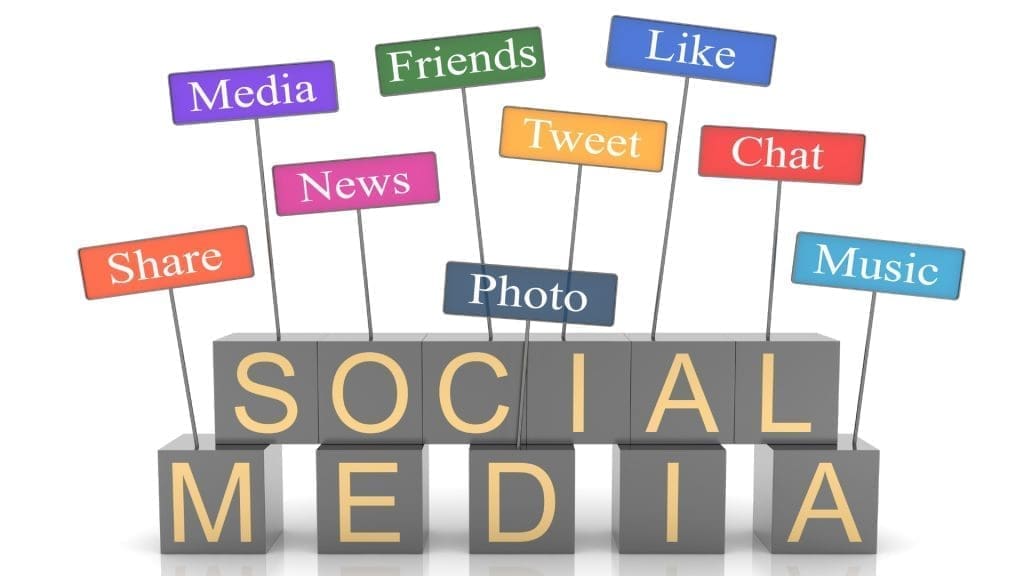The Rise of Video Marketing
Video marketing has become famous for several reasons. Firstly, technological advances have made it much easier to design and share a video with many people. With the high resolution of the most recent smartphones, people can directly make a video from their phones. Essential editing software also makes creating a quality video with a little budget much more accessible.
Although video creation has mushroomed, consumption has also surged significantly. This is evident when studying the growth of social media users. People now engage with what they see more than before, and they consume more content. Research has also shown that video content is more shared than images and text, which makes a more significant impact on a company and brands.
Leveraging Social Media Platforms

Video proliferates on social media owing to its large user base and robust targeting capabilities. Also, most social media platforms intentionally give video greater prominence, and the format itself can convey information more succinctly and powerfully than text or Instagram itself coveys in text.
In contrast, video offers lesser detail and nuance than Instagram would allow but greater detail and nuance than a gif alone. Each social media platform has unique features and demographics, making it ideal for marketing to specific population segments.
Here are a few best ways to use different social media outlets for your video marketing efforts.
- YouTube: YouTube, the second-largest search engine after Google, is the perfect new way for your business to show buyers you know what you are talking about, offer value-added entertainment, and drive traffic to your site. Bring your business to YouTube by creating a branded channel where you can host and organise options to display your ads to other users while watching videos relevant to your product or service.
- Facebook: Facebook is the largest social media channel in terms of its user base (its 2.8 billion monthly active users show no signs of slowing down anytime soon), and its autoplay feature causes videos to start playing. In contrast, users scroll past in their newsfeeds. Facebook’s advertising platform also allows it to target viewers based on their demographics, interests, and behaviours so companies and brands can easily reach the right people.
- Instagram: On a very visual platform like Instagram, with video-first user experiences on feed, in Instagram Stories, or in IGTV, brands can get creative about how they tell a story with a video to share with their community. Additionally, Instagram supports the use of hashtags, geotags, mention functionality, and other tools that help socialise video content or tap into larger communities around a brand.
- Twitter: Twitter’s fast-moving news flow encourages posting shorter, punchier videos than other platforms. These videos can expose your eyeballs in seconds—so brief and snappy they are. Videos can be hosted natively within Twitter or shared with embedded links (for example, YouTube and Vimeo). Using trending hashtags encourages users to get into the live ‘moment’ to interact with an audience. Buzz feeds are encouraged, and conversation is amplified.
- LinkedIn: Professionals see LinkedIn as a valuable channel for B2B video marketing. Companies can share videos about thought leadership, products and the company on LinkedIn to position themselves as thought leaders and strategic partners with industry experts. LinkedIn enables us to target people who make decisions at the businesses and companies in our target industries.
Best Practices for Effective Video Marketing
Know Your Audience
Tell a Compelling Story
Keep it Concise and Engaging.
Optimise for Mobile Viewing








